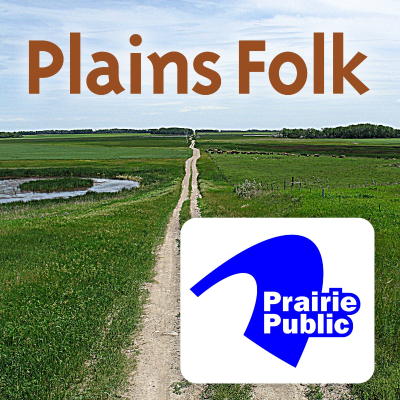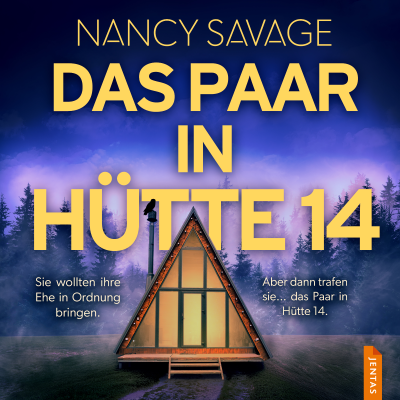
Plains Folk
Englisch
Gratis en Podimo
Kostenlos hören bei Podimo
Starte jetzt und verbinde dich mit deinen Lieblingspodcaster*innen
- Vertraut von über 1 Mio. deutschen Hörer*innen
- Über 1.000 lokale Podcasts und Shows – nur bei Podimo
- Keine Zahlung nötig
Mehr Plains Folk
Plains Folk is a commentary devoted to life on the great plains of North Dakota. Written by Tom Isern of West Fargo, North Dakota, and read in newspapers across the region for years, Plains Folk venerates fall suppers and barn dances and reminds us that "more important to our thoughts than lines on a map are the essential characteristics of the region — the things that tell what the plains are, not just where they are."
Alle Folgen
294 FolgenTerroir in Grassy Places
“Terroir” is a term deployed by wine enthusiasts often with more mystique than precision. There is a sort of magic by which the environmental qualities of a particular place are supposed to pass through into the aesthetic virtues of the wine.
The German Card
It was a lovely spring morning when we arrived early for Sunday services at Bethany Church, in Tanunda, South Australia, in the heart of the Barossa region. I inquired after the congregational president, who was up in the loft, preparing to ring the bells.
A Generous and Steadfast Friend
In a meeting on campus a few days ago, along with many of the best and brightest at NDSU, interviewing a candidate for a high position in the university, I asked the question often on my mind these days as a senior dude at our land grant university, the people’s college, as we used to say. Is higher education, college learning, I asked, fundamentally transactional, a matter of contracts and credentials, or is it relational, a matter of mentorships and relationships? I’ll tell you later how that came out.
Bro. Placid’s Prairie Wisdom
I cannot recall a conversation with Brother Placid Gross that was not a delight. He is, foremost, a man of faith who made his final profession under the rules of St. Benedict in 1967. Ever since, as a monk in Richardton Abbey, he has been known as Brother Placid. He was born and baptized, however, in 1935 as Aloysius Gross, one of the sixteen children of John and Magdalena Gross of Emmons County.
The Scent of Jacaranda
We will arrive in the Barossa at peak jacaranda. Reviewing the sentence I just spoke, I realize I am speaking gibberish as far as my neighbors in Dakota territory are concerned. So I’ll explain.















































